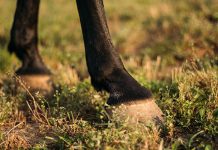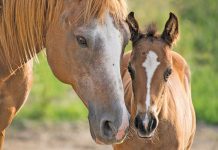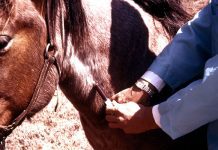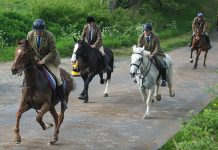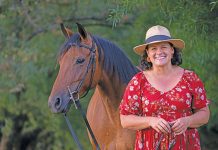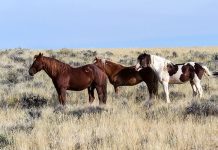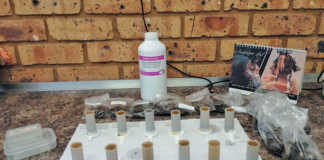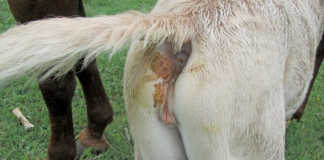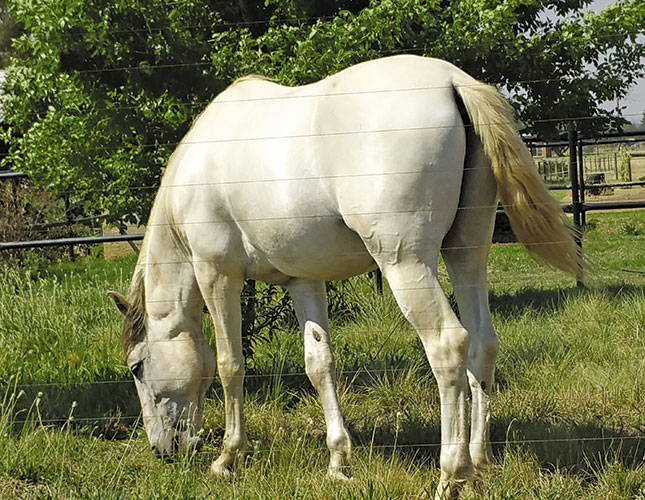
Grooming is good for a horse. It stimulates the skin to produce beneficial oils and increases the blood flow to the surrounding areas. In England, we were taught to strap the horses, which involves using a soft brush and a cloth. When done correctly, it helps the horse to develop muscle and prevent stiffness after exercise.
But what if your horse hates being groomed? The chances are you’ll be banged against the stall wall, bitten and kicked should you come near the animal with a brush.
If you have such a horse, you can safely assume it was once hurt while being groomed and has learnt to hate the brush.
Horses with thin skins, for example, do not like brushes with stiff bristles. Alternatively, a horse may resent grooming because it is ticklish.
Whatever the case, once a horse has been hurt during a grooming session it will always associate grooming with pain (or at least discomfort). Here are some helpful tips:
- Don’t use a curry comb to remove mud; this is painful for the horse. A curry comb should only be used to clean the other brushes!
- The horse’s face and belly are particularly sensitive – always use a soft brush on them. Areas where the bone lies just beneath the skin should also be treated with care; it is easy to cause an injury here if you are too rough.
- If someone threw a bucket of cold water over you or me, we would think twice about being bathed. Horses are no different; they need to be washed gently and with care.
- Think of someone running their fingernails down a blackboard – that’s the kind of sensation a shod horse feels if you wash it on a bare cement floor. If you don’t have a non-slip rubber mat, rather wash a shod horse on the grass.
- Tie up a teff net and let your horse eat while you work. In this way, it will have positive associations with grooming. I sometimes hide carrots and apples in the teff net. This encourages the horse to concentrate on fishing for treats and takes its mind off the grooming.
Plenty of patience and touching
If you have a horse that really objects to a ‘spit and polish’ session, the best approach is kindness. Prove to your horse that you won’t hurt it, and it will soon learn to trust you. Start by using a soft brush or even your hands until it accepts the contact. Take time to ‘desensitise’ it with gentle stroking.
But don’t be so gentle that you end up tickling it! This said, only a few attempts should be required before the horse starts to enjoy the attention.
In their natural setting horses use grooming to bond with each other. Touching is a sign of love and trust. When I give courses, I encourage people to spend time simply touching their horses. This allows both horses and humans to relax and learn to trust each other.
Riders often come to me for advice because they are scared of their horses or because their horses are fearful – or both. Touching helps to establish trust and so banish this fear on both sides.

